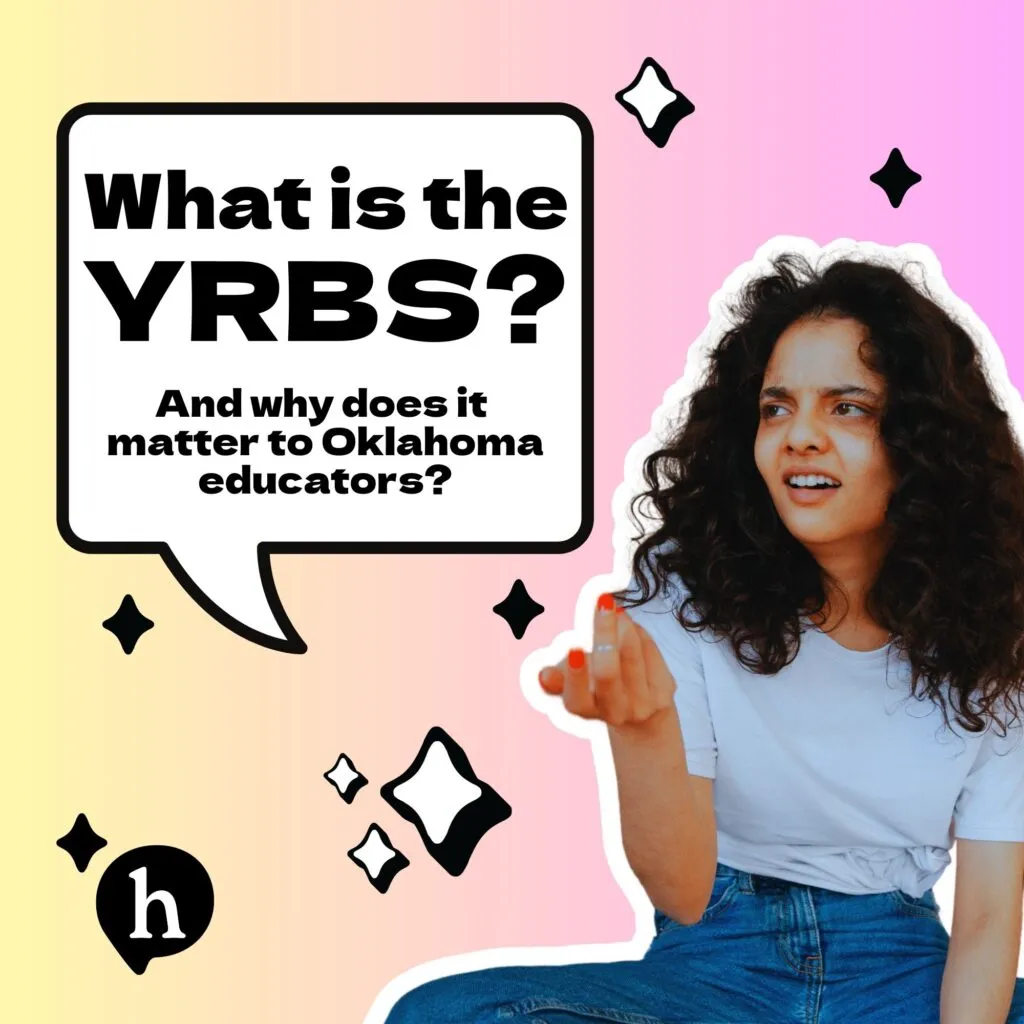In the realm of adolescent sexual health, data collected from the Youth Risk Behavior Surveillance (YRBS) Survey is widely used to determine grant objectives, education goals, program development, and more. Many organizations like ours and other members of the Collaboration rely on this data, in part, to guide our efforts.
What’s the YRBS for?
According to the CDC’s website, “The Youth Risk Behavior Surveillance System (YRBSS) measures health-related behaviors and experiences that can lead to death and disability among youth and adults.” We can see from this data whether young people are knowledgeable about healthy life choices, and we can see what kinds of decisions they are making about their health. Our focus is primarily on results in the Sexual Behavior category, but the Youth Risk Behavior Survey Data Summary & Trends Report also includes data on substance use, experiences of violence, mental health, and suicidal thoughts and behaviors.
The Trends Report relies on consistent data collected over ten years (2013 – 2023 for the most recent report.) Some key findings related to sexual behavior included that over those ten years, sexual activity among adolescents decreased, but their use of protection also decreased. In short, young people are waiting a bit longer to have sex for the first time, but when they do have sex, they aren’t using condoms. This is a prime example of information we can use to shape our training and resources for youth-supporting adults.
The YRBS also collects data on New and Emerging Topics (pg. 71 of the YRBS Trends Report) which we consider closely related to a young person’s sexual well-being. These include connectedness at school and social media use. Both of these environments – and we do consider online social media to be its own environment – can impact a young person’s sexual decision-making.
Recent Events for the YRBS
The YRBS data was also recently removed from public access after the 2025 election. Since then, a court order reinstated the website, but there is now a disclaimer that the “Administration rejects gender ideology.” The current administration felt this disclaimer was necessary because within the standard high school YRBS questionnaire, there is a single question that reads:
“Some people describe themselves as transgender when their sex at birth does not match the way they think or feel about their gender. Are you transgender?”
This question has been included in the standard set of questions since 2023. However, per alignment with the current president’s stance on “gender ideology”, the CDC will supposedly no longer be processing transgender data.
Why is this an issue?
Disrupting data collection can cause major issues for those of us who use the data to guide our strategic planning and grant objectives. If consistent data is not collected, we cannot accurately focus our work on populations who need additional support. If major portions of the population, including those who are transgender and/or gender diverse, are left out of this research, we cannot build the resources they need to thrive. Healthcare disparities already hinder the transgender community so severely, to continue pretending they do not exist is no longer an option if we hope to see a truly healthy and thriving future for youth in Oklahoma.
The complete YRBS survey data is vital to the success of the Central Oklahoma Teen Pregnancy Prevention Collaboration, and we hope this data will not exclude or silence any youth, no matter how they identify.

